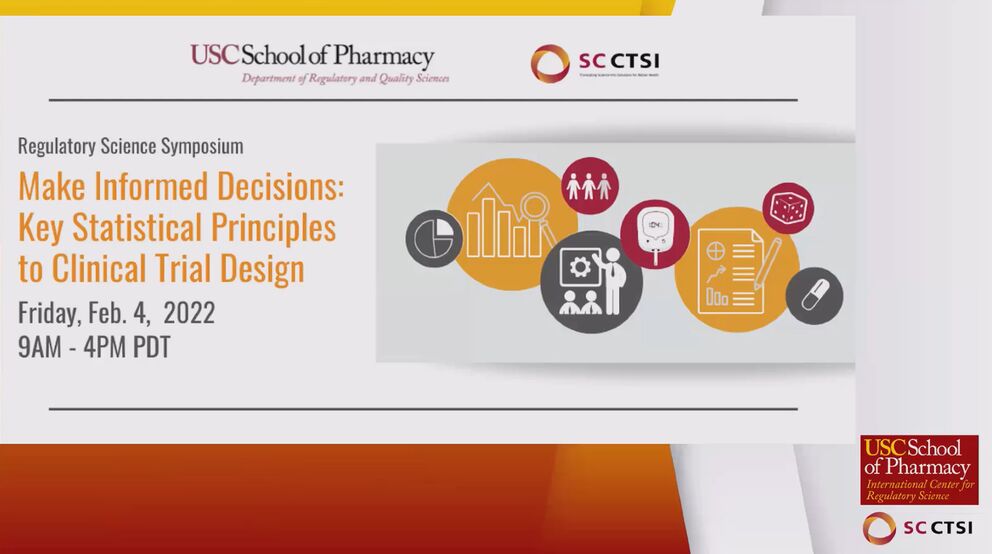- When do we do device trials?
- Device trials are conducted for about 15% of approved devices
- Only when the information is necessary to prove safety/efficacy that performance testing, animal testing, and previous literature cannot
- Clinical studies are not conducted for devices such as surgical scissors
- Device trials are conducted for about 15% of approved devices
- Typically, device trials are done on implants
- Restraints include device costs, ethics, study controls, device size
- Post-market trials are often conducted for reimbursement and expansion of device knowledge
- Strong partnerships are needed
- Include hospital administration, radiologists, therapists, patients and their families, other clinicians, R&D teams, and committees etc.
- Transcatheter versus transapical implants
- Threading through a femoral artery is as good as going through the heart – Will patients still do as well?
- Complex design: prospective, non-blinded, randomized, controlled, multi-center clinical trial with non-inferiority outcome
- Based on patients who can get access through transfemoral vs transapical groups
- Each group got randomized
- Primary safety/Effectiveness endpoint: As time went by, some patients in both groups died but note that the death rate for transfemoral route was slightly less
- Non-inferiority study: we are good as within a 75% range and outcome measures of 3 months
- Can be challenging to pre-specify in device trial so industry has adopted adaptive trial design
- Adaptive trials
- Design that “allows for prospectively planned modification based on accumulating study data without undermining the study’s integrity and validity”
- Factors that might be modified when following this type of design:
- Number of patients
- Patient population
- Randomization
- Primary hypothesis
- Decision rules
- Some advantages of Adaptive Trials include reduced duration, enrichment of the experiment arm, and use of control group from another trial, sample size adjustment
- Adaptation usually determined by stages of endpoints
- Some disadvantages include potential for damaging statistical validity, affecting bias of clinical managers, and requires predictions prior to approval
- CDRH experience
- As precision medicine becomes more common, more studies will use adaptive design
- Let us look at a pressure-ulcer trial using microstimulators
- Bions and insertion tool
- Inclusion criteria
- History
- Typical exercise program
- Another Study: Shoulder Subluxation
- An example of historical controls
- Measures of muscle thickness using ultrasound
- Takeaway: Want to use robust outcome measures
- Registries versus trials
- Real world data is a rich source of information
- Types of registries: patient, specialty, population, device, and payer
- Harder to control bias and apply statistical analyses from data taken from registries
- Questions?
Regulatory Science Virtual Symposium: “Make Informed Decisions: Key Statistical Principles to Clinical Trial Design” Session 3: Designing Medical Devices (2022)
Research & Study Design
Regulatory & Quality Sciences
Frances Richmond, PhD
Director of the D. K. Kim International Center for Regulatory Science & Professor of Regulatory and Quality Sciences, Department of Regulatory and Quality Sciences, Mann School of Pharmacy
Course Syllabus/Topics
Acknowledgement
Accompanying text created by Annie Ly | RKS Project Administrator, SC CTSI lyannie@usc.edu

